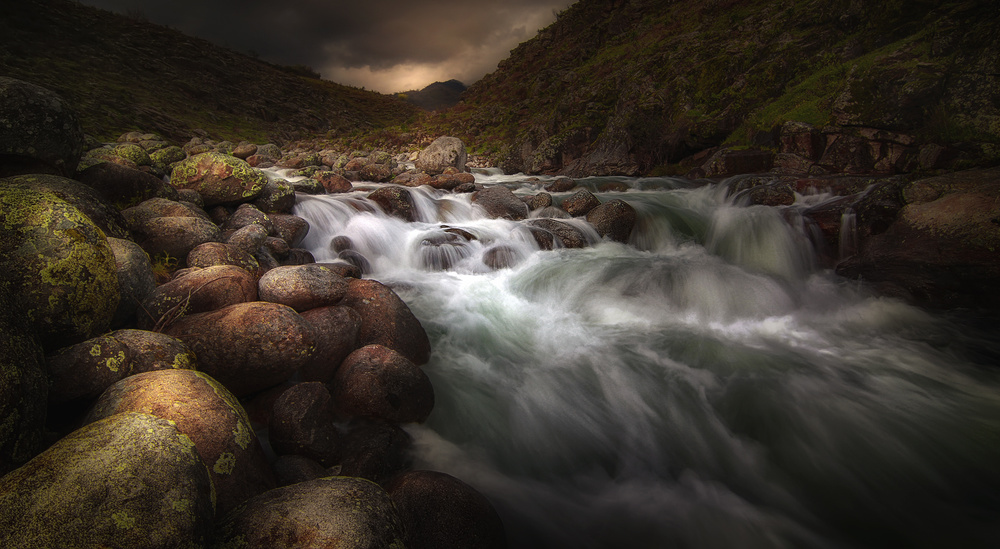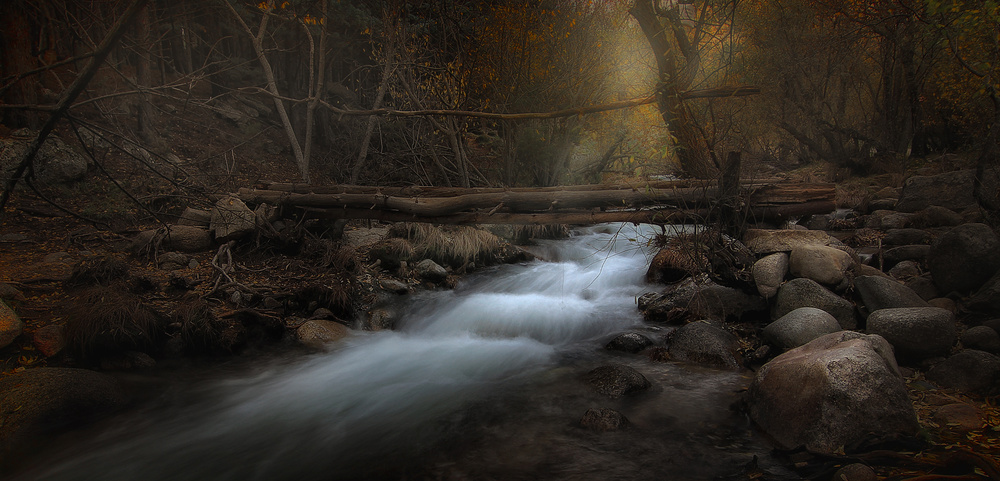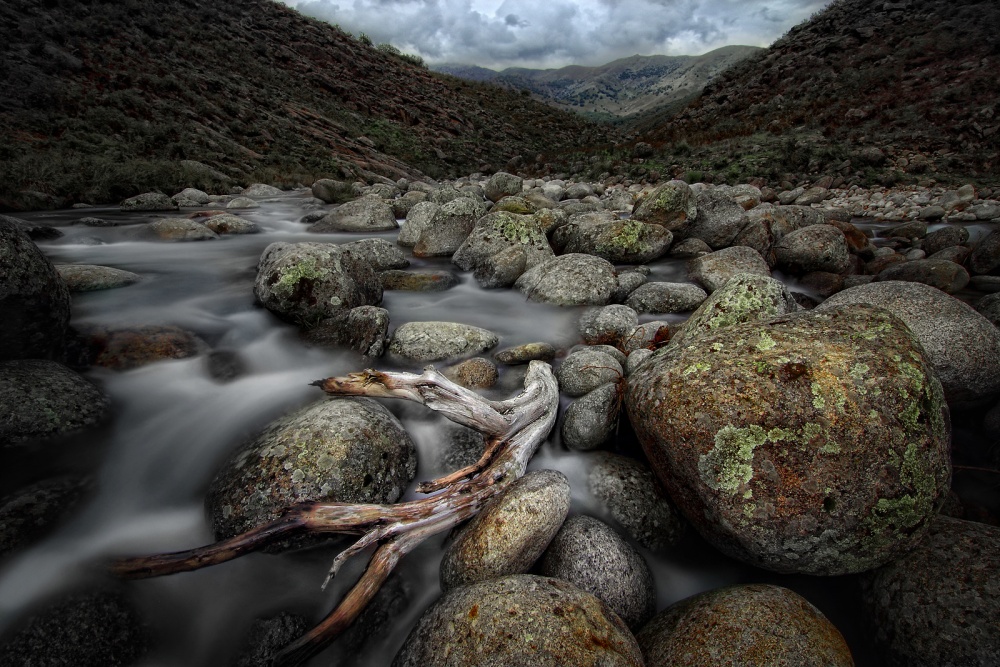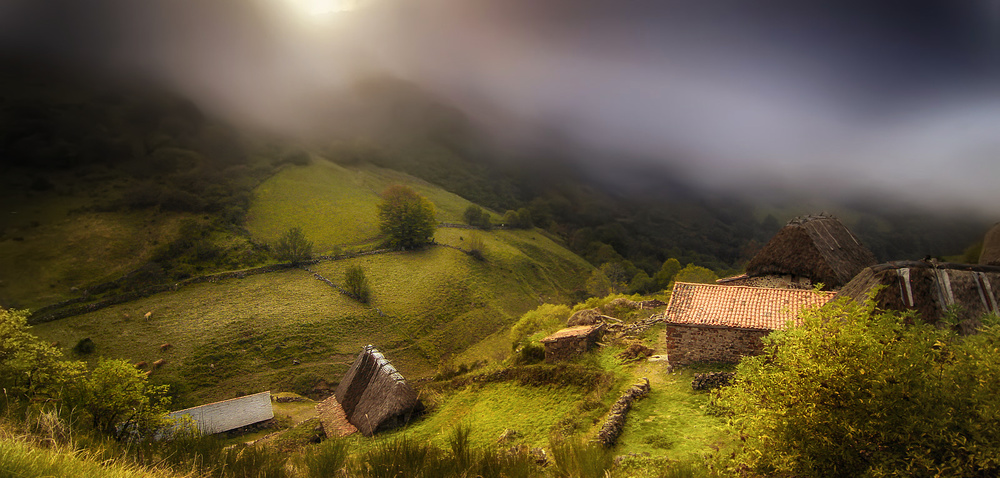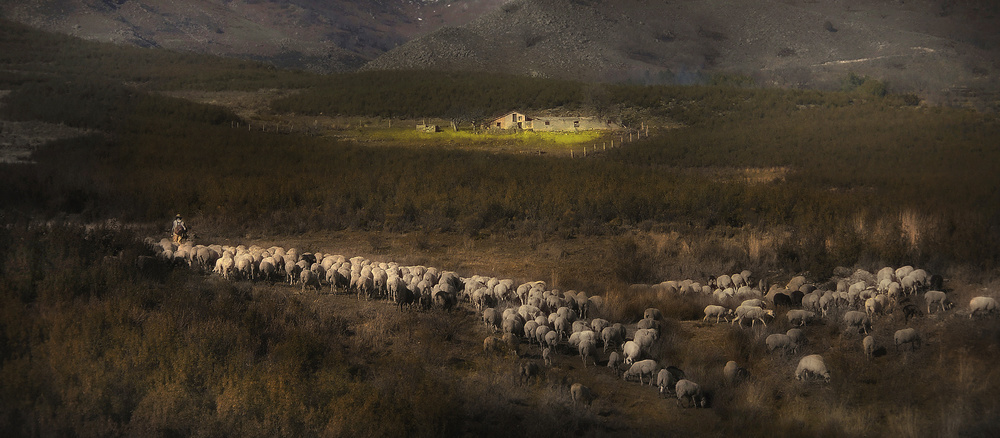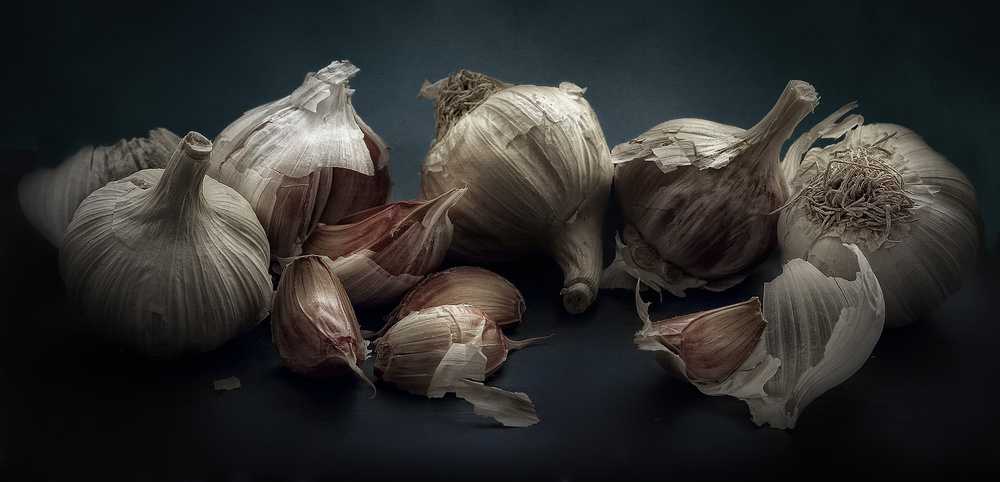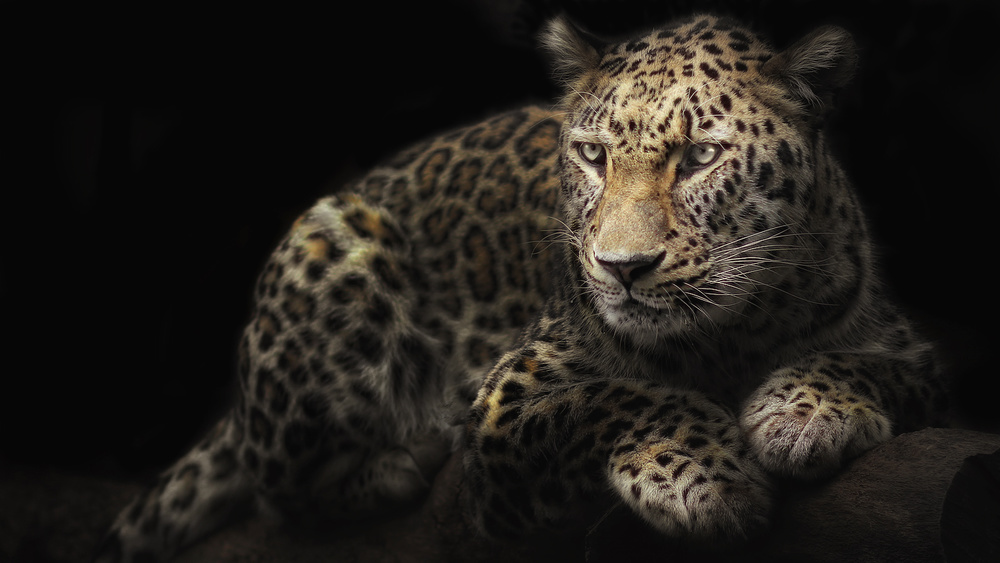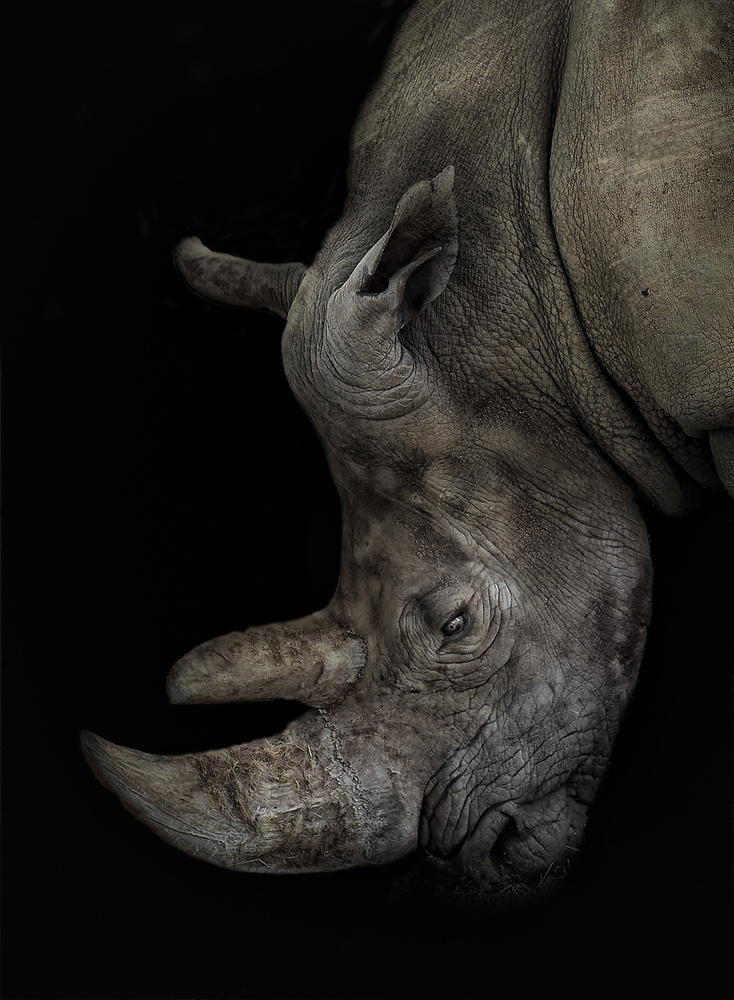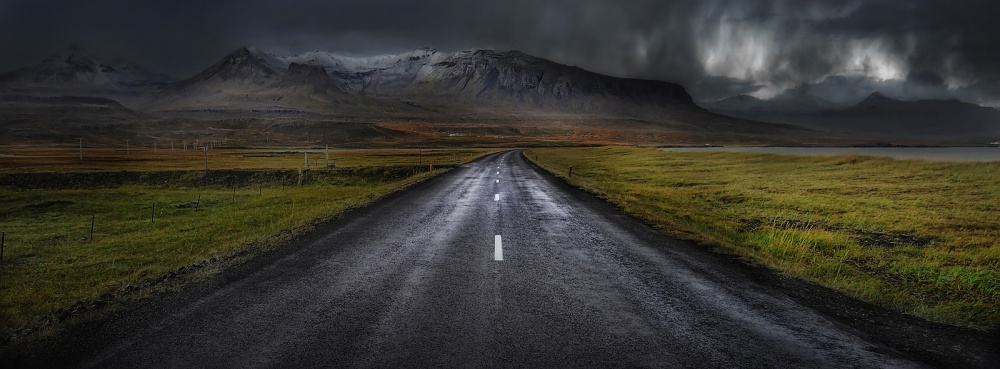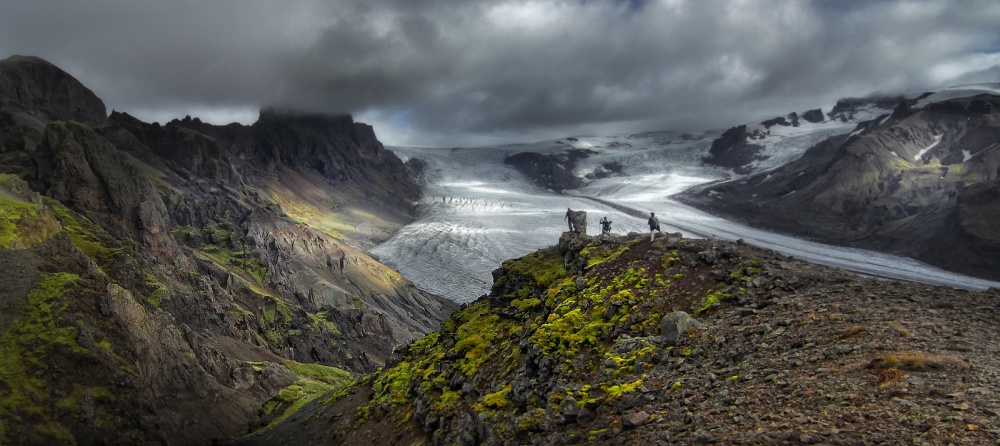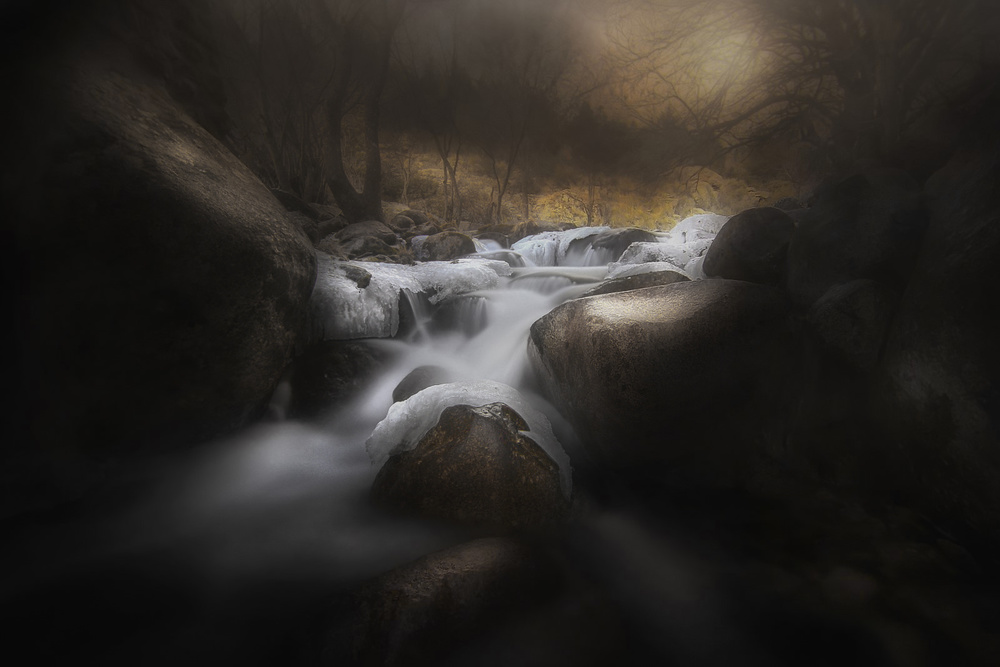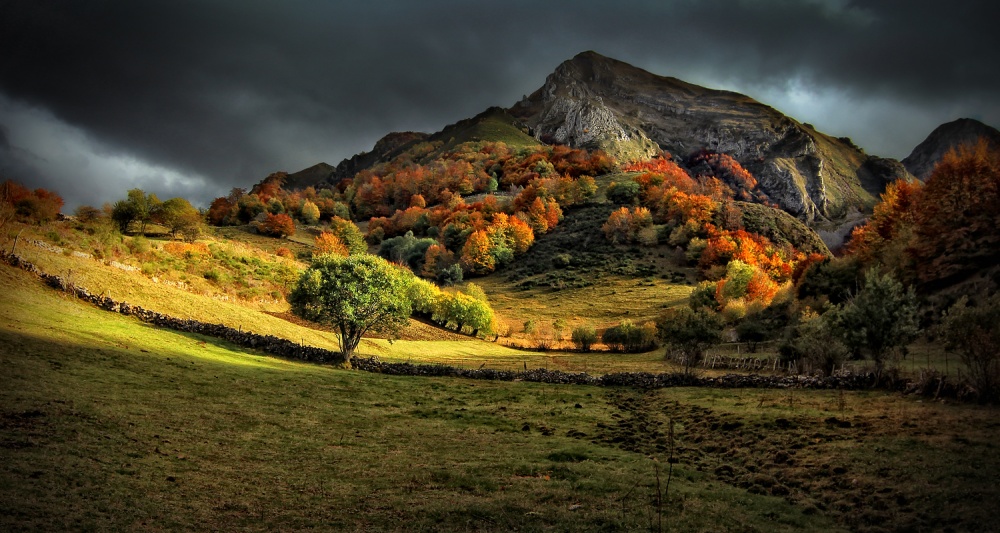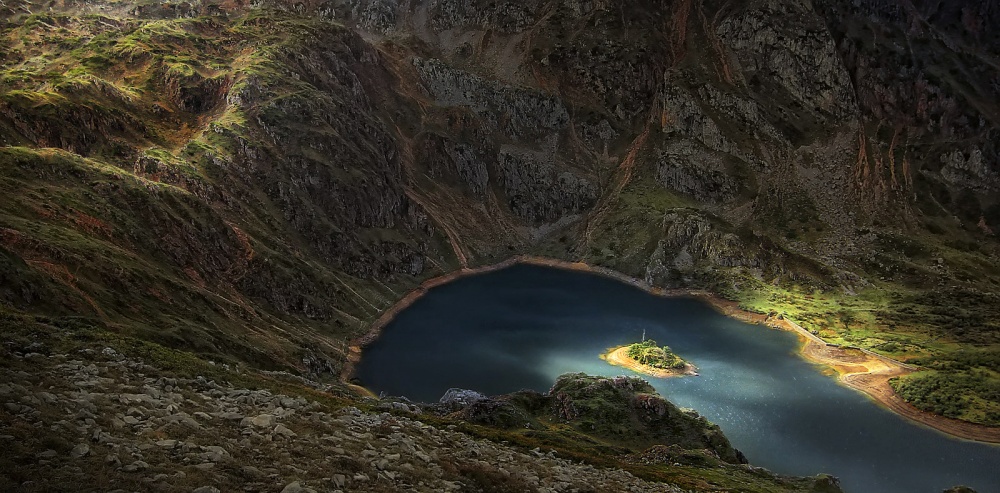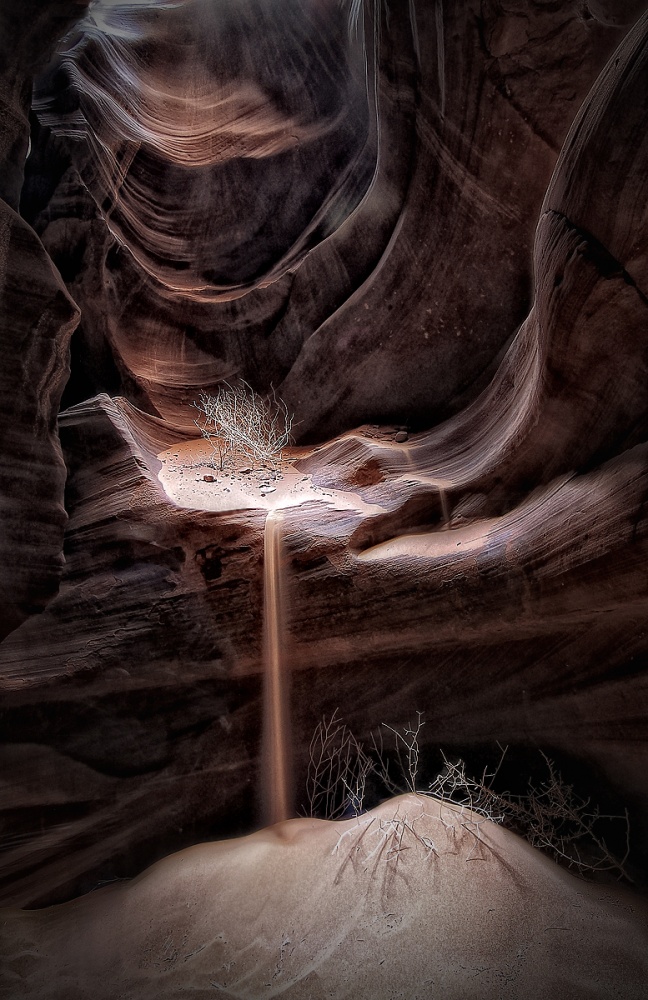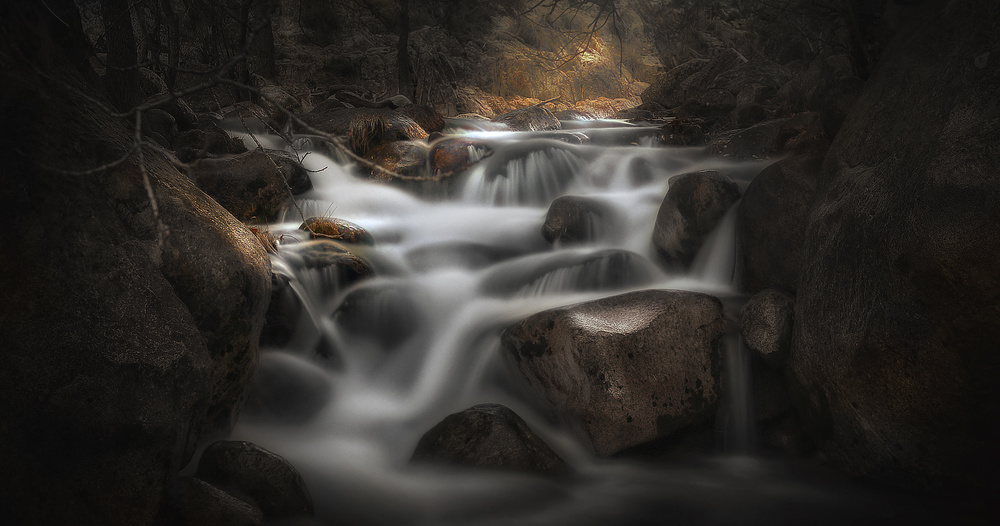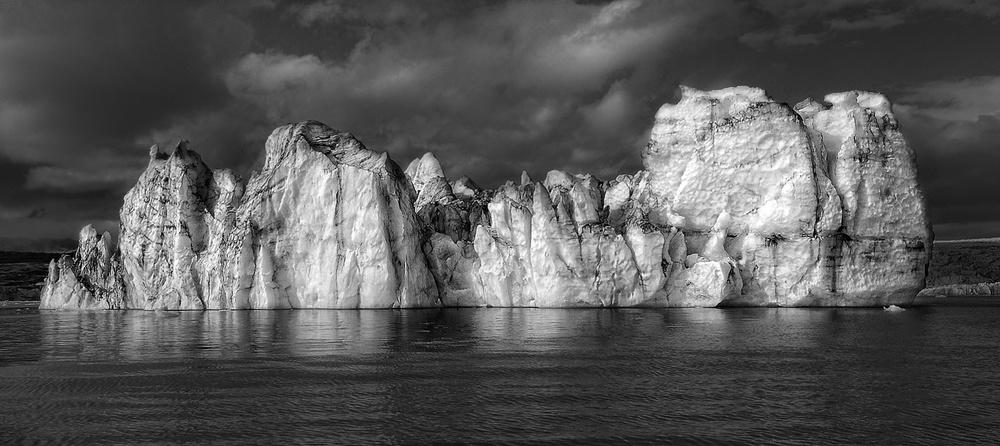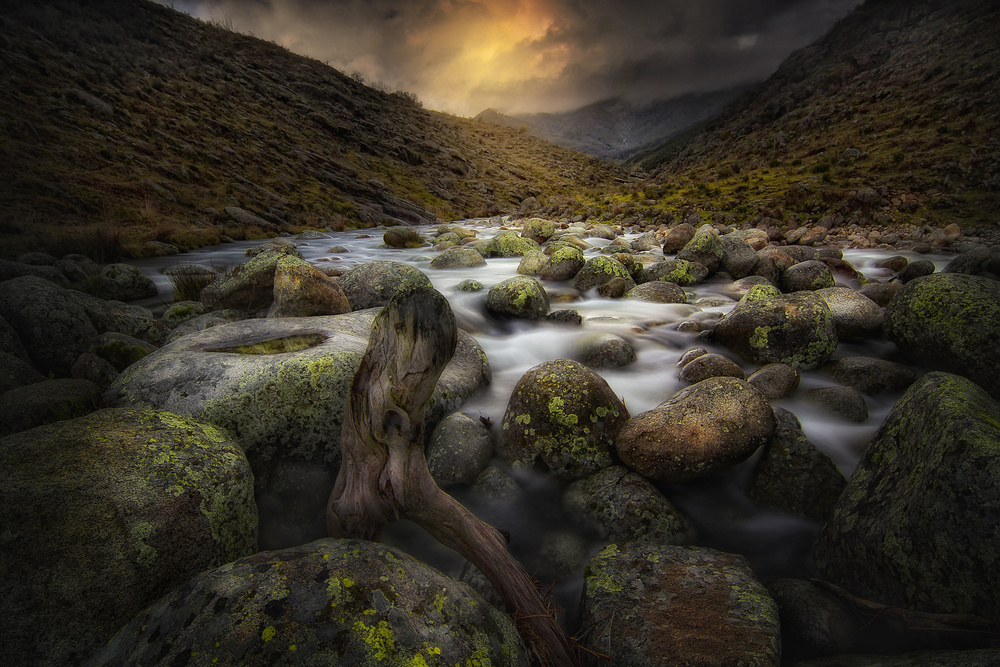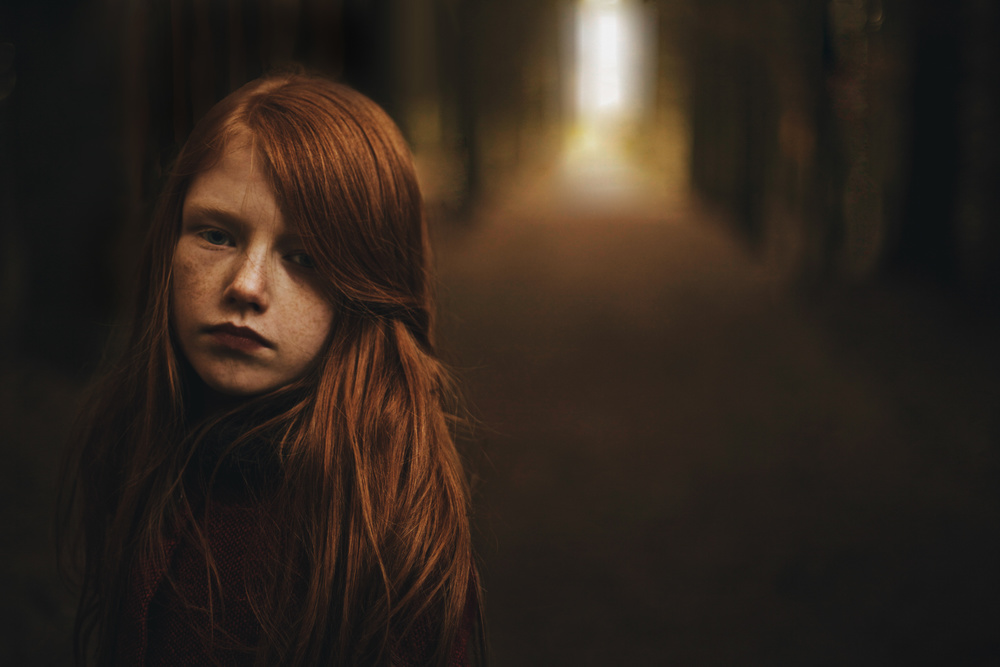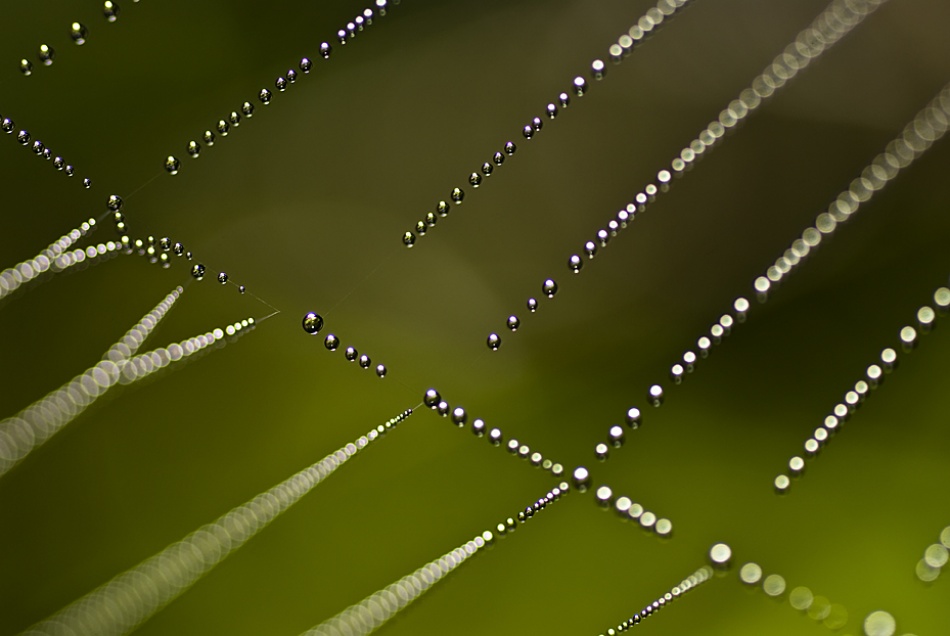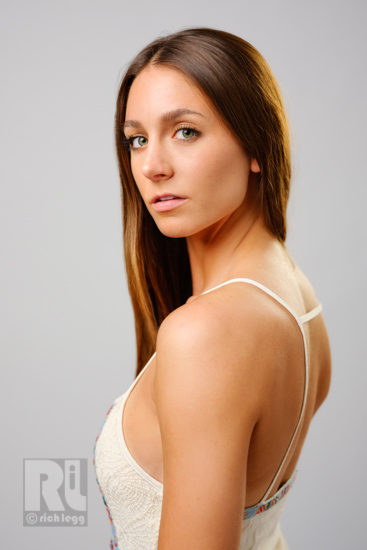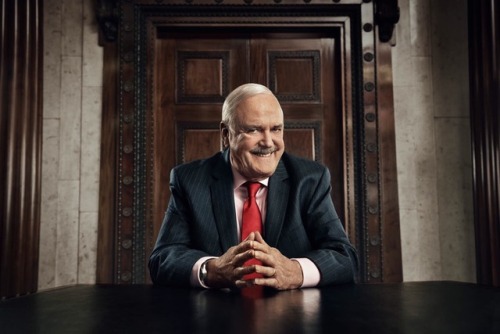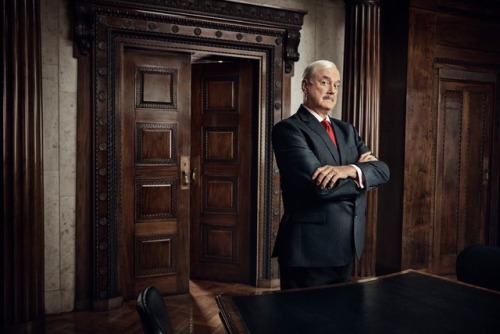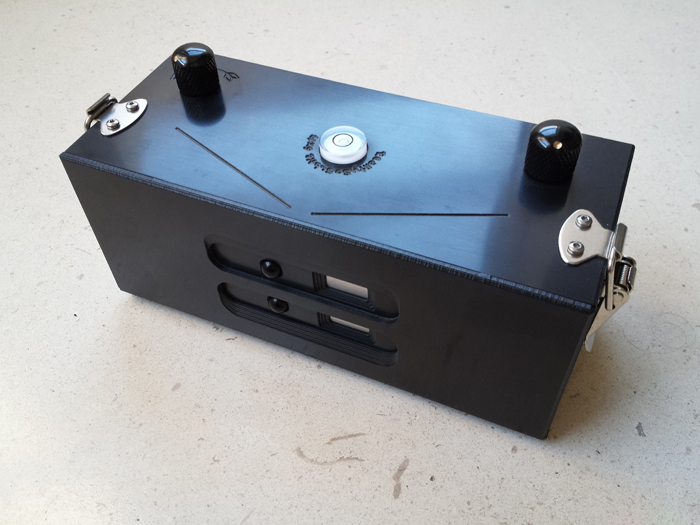Photographers
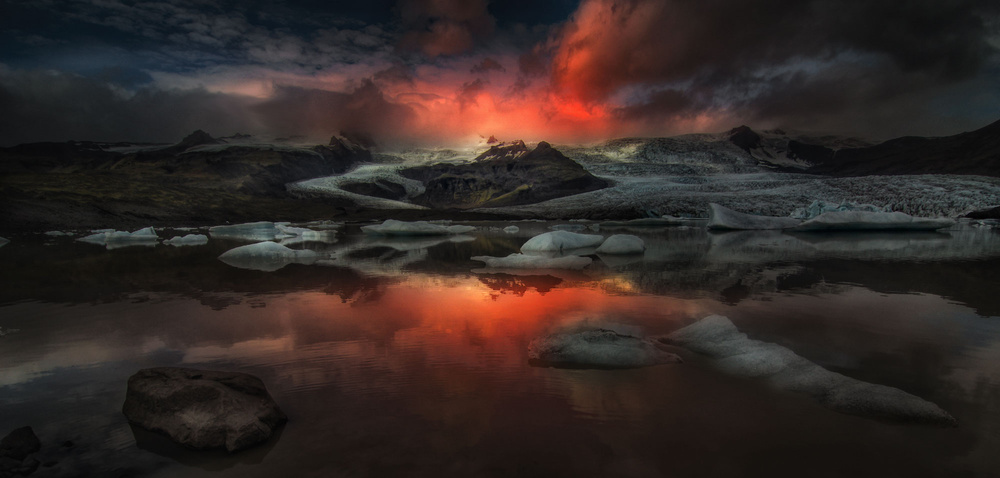
Amador Funes: Photographer of the week
1x Blog-PhotographersAmador Funes is a fine landscape / nature photographer. He always seeks for moments that touch his soul. He describes it as being in contact with the infinite, with something higher than us. The silence, the remote places in nature are his way to transcend. He succeeds to translate his emotions and feelings through his work and hopes to share those with the viewers.
Briefly tell us about yourself, your hobbies and other jobs.
I was born in Madrid in 1967. I have always lived in this city, which I am delighted of. In 1997 I got married and from this marriage two children were born, who are my reason to live.
My hobbies, apart from photography, are those that have nature included. I usually take mountain routes - no climbing or big mountains - but long and, if I can, unknown walks.
I am also attracted to everything that has to do with art, culture and in general everything that has beauty as the main exponent. I think that appreciating beauty is what makes us less animals and more human.
How have your history and life experiences affected your photography?
Which are your most important experiences that have influenced your art?
I became very interested in photography as a result of my first trips abroad, such as Mexico or Scotland, which marked a beginning in terms of the number of photographs (reels then) that could be made. Until then I had never done many photographs. This was around 1996 or 1997.
I have always liked architecture, painting, sculpture, and in general the subjective that we call Art. Before having my children, I photographed all the monuments that I found, visited cathedrals and museums, and if I could take pictures of it all. In fact in the living room of my house are still some photo hanging from those days, for example an image of the cathedral of Leon that have deficiencies everywhere, but to which I keep a special affection. At that time there was still no digital photography available as it is now.
Then my children were born, in 2002 and 2004, and it was there, especially since 2004 when I started with digital photography. I got a compact camera, a Fuji FinePix900 that accompanied me for a long time. I bullied my children with lots of pictures, and this was another turning point and beginning of this hobby.
For me, digital photography was like magic. I could do all the photos I wanted and see them instantly on a screen. Although I always liked nature, my real interest in landscape photography came later, with the birth of social networks and everything I saw there.
What first attracted you to photography?
I believe that what really attracted me to photography was the possibility it offers us to remember. A person is everything he remembers, everything he has lived. A person without memory is nothing. The photograph consolidates those memories, it somehow gives us back the past, it makes the building of our existence more solid. That is why during the first trips abroad I made so many photographs. I wanted to capture everything, not to forget anything.
Even a photo of an insect is not only that, it is also the time and place where we took it.
Later with my children, this function of the memory became even more important.
Describe your overall photographic vision.
For me photography, as an artistic element, has two aspects:
The technique and the sentimental. Technically photography for me is light. This is always emphasized in light, but it has the same importance as shadows. Without the shadows, the light would not stand out, it would not have the sense that it has. In the photograph the light blesses the existence of the shadows. It is symbiotic.
Photography is another way of looking. It is a way of looking that other people do not have. Many times, when I go with people who do not have a passion for photography, they are surprised that I stop at any place, or that I see things that they do not see.
Why are you so drawn to Landscape Photography?
Landscape photography, or non-animal nature, may be exaggerated but for me it is like being in contact with the infinite, with something higher than us. The silence, the lonely places, outside the urban current, is for me a way to transcend. For a believer it would be almost like a kind of rapprochement with God. A somewhat pantheistic conception.
As you can see by my photos it is not a landscape photograph to use. I do not usually make typical sunsets, or sunrises, or landscapes of sea or skies in motion. The landscape photography that I do today is based more on concrete moments, almost spontaneously and adapting the moment that touches me, where I do not have time to prepare myself. It is based largely on intuition, since I am often accompanied by people who are not passionate about photography. I think if something defines me as an amateur photographer is in a way of anarchy, since I take the photo until it ends on the screen or the wall. In this respect, I am no example to follow.
What is more important for you, the mood, story behind your images or the technical perfection?
Everything depends on what is understood as photography in general.
The story behind the photo is important, but so is the technique. A good story can be ruined by poor technique, or by a poor choice of the technique used. While a technically good photograph will always be a good photograph. In this sense I would say that the technique is more important.
As O. Wilde said, language is like a violin. It needs tuning for the message to arrive correctly. The same could be said of photographic language. The technique must be fine-tuned so that the message, the story or mood arrive correctly.
What generally is your relationship to your subject matter beyond being an observer?
When I photograph the landscape I am an observer, but I do not just observe. I usually seek the light, that light that although it is not the most propitious moment, always exists. I also often look for different frames, of which I believe that they have never or rarely been shown. Even if the place is a well-known place. This is very difficult, since almost always there is someone before you who has thought the same way as you did. And lastly, I try to promote certain environments or situations with the edition, if the subject lends itself to it. That's what I do.
In another type of photography that I also do sometimes, such as a still life with natural light, I prepare more of the "stage", but not too much.
There is a type of photography that I sometimes do, which is that of animals. They are not photographs of nature at all. They are usually photographs taken in zoos, and in these cases I am less observant and more transformative. I like to think that by editing I give back to the animal something of the dignity that was taken away by enclosing it forever in a prison.
Do you prepare carefully the locations where you are intending to photograph?
As I said before, I am not an example in this regard. Not because I do not want to, but because the circumstances often don’t allow. In most of my trips or outings in the country, my companions (friends or family) do not have the photographic interest that I have.
I would like to prepare my photographs more, and am aware that they would be even better. The remedy that I try to put to this is always to look for the best moment of light or to enter the best or most unexpected place to do the photo.
On some occasion I have gone out to take photographs I have planned more, but not in an exaggerated way. Sometimes I return to a special location to make a better photograph at a better time,but that is not the norm.
What gear do you use (camera, lenses, bag)?
Well, my gear is currently quite modest.
Canon 6D camera and two lenses: Canon 17-40mm f / 4L and Canon 85mm 1.8
Some neutral density filters and a mid-range tripod. Nothing high level, but for now it is enough for me.
What software do you use to process your images?
Equally the software is not that new or the best.
The DPP Viewer from Canon and Photoshop CS4.
I also sometimes use Nik Collection software for editing, specifically Color Efex pro is the one I use the most.
Can you tell us something more about your work flow?
As I said before, I am quite anarchic in this regard. Even when 1xcom offered to publish a tutorial, I saw it as almost impossible because I could not remember how I had come to the result of the photo I wanted. I do not have a defined workflow I always use. I am guided by the intuition of the moment, by my state of mind. The same photograph can end up with different results depending on the moment it is processed. Each image is a different world and may require an edit that is unrelated to the previous photo edit.
However, there are some things I always play with . For example raising shadows and lowering lights in the RAW, adjusting the white balance, etc. Once in Photoshop I almost always adjust the selective colour correction, and I also use the "tonal contrast" of Nik Color in a moderate way. I also play a lot with light and shadow brushes to highlight or dim environments.
What is your most important advice to a beginner in Landscape Photography and how do you get started?
I would tell the beginner that photography does not imitate nature, but creates it. It creates it from a new frame, from a hidden light, from a peculiarity that has never been detected even if the place is a common place. That the beauty of a landscape has to be found within itself. The beauty of a landscape is not something that exists objectively, it is something that is within oneself and must be released. I would tell him to photograph for himself and not for others. I would tell a beginner that photographing is like dreaming. Live your own dream in every landscape in front of you.
Who are your favourite photographers and more importantly, how has your appreciation of their work affected your approach to your own photography?
I do not like having a favourite photographer. All contribute something and constantly day by day I see photos that teach me and captivate me, sometimes famous photographers and prestigious and others by unknown photographers. Perhaps the one that has surprised me the most and captivates me, probably because it is far from my style, is Sebastião Salgado. As for the influence, I do not know if I acquire from a particular photographer, I think not; I try not to be very influenced and have my own style, something very difficult in the world of photography in which more and more people are really good. I cannot help but admire the comrades I have known for many years, who I have seen evolve into world references in photography. To name a few, present on 1X, José Beut , Javier de la Torre or David Martín Castán are good examples of this. With all this I want to say that there is so much information, so much is the number of excellent images that are available immediately, that it is very difficult to know what is influence and what is own direction. Sometimes mistakes are also made in honour of an alleged originality. I do not know, it's a very complex subject.
Is there any specific photo taken by another photographer that has inspired you a great deal and why?
Not specifically. As I said before, there are so many pictures I see every day that can inspire me. In the end we become sponges that absorb images and from all this you are apprehending and learning a little. There are amazing photographs to see every day.
Are there any specific directions that you would like to take your photography in the future or any specific goals that you wish to achieve?
Well, I'd like to go deeper into the portrait. I love that kind of pictorial portrait that imitates the paintings of painters who handled light in a masterful way. It is a discipline that I would like to undertake more assiduously. So far I have only made small inroads but I have not given it enough time. Another discipline that I would like to undertake is street photography, but for this, it is necessary to have some courage, to know how to contact people and emotionally it seems more difficult than, for example, to face a landscape.
Describe your favourite photographs taken by you and why they are special to you?
I have no clear predilection for any of my photos in particular. But maybe one of the ones I like the most is this one
It was taken in the Natural Park of Somiedo, in Asturias, (Spain) and remember that we tried to climb a peak that dominated the whole valley, not very high, about 2000 meters. But suddenly the weather got very bad and we had to get off. It is a misleading photograph: It looks like a peaceful day but it was really windy and unbelievable cold. A photograph that reminds me that sometimes we must also strive to achieve good images.
Is there anything else you wish to add? And what do you think about 1X as a home base for your work?
No, just thank you for the opportunity you offer me.
1x is a constant source of inspiration and it is always a pleasure to visit this site, as well as participate in a certain way in it. It is a place not only for viewing of galleries, but is also a place of learning for members, as it contains mechanisms for this, such as the forum of criticism or the many tutorials provided by members.
A pleasure to continue here.
Thank you very much.
. '

